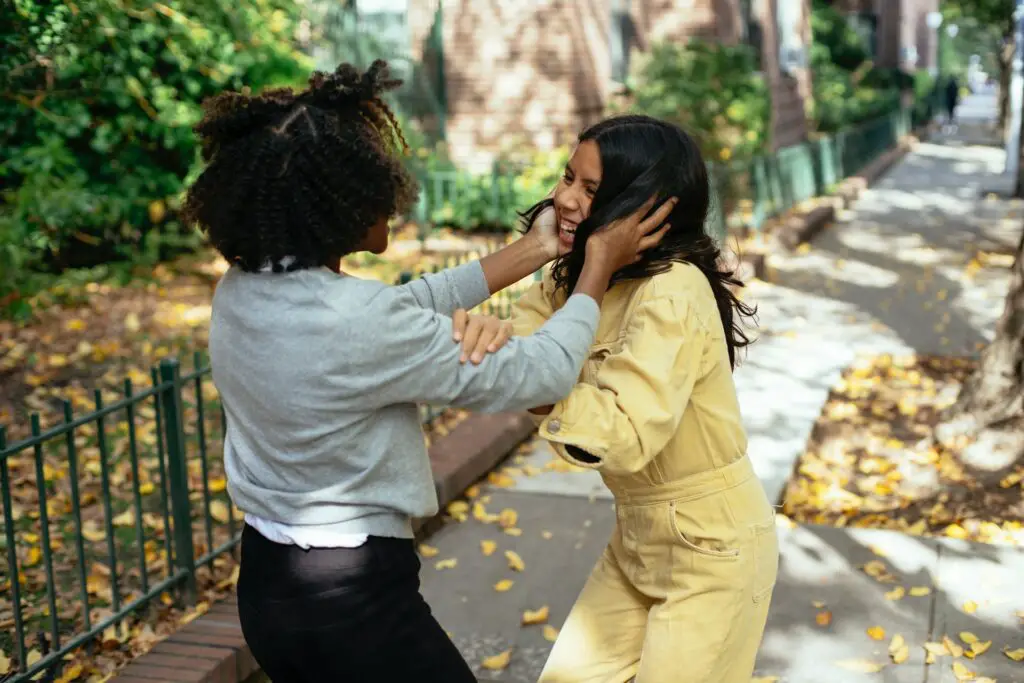


Humans are social beings that rely on cooperation to survive and thrive. We trade through economic ties and political alliances, and we imagine responsibility and purpose through religious fellowship; we live in families, and our culture, which is a result of group living, shapes our norms.
Every human has a basic need for social acceptance and love, just as they have for food, drink, shelter, and physical affection. They need to be a part of a social group and have pals they can confide in and with whom they can express their emotions. People frequently become friends with those with various physical characteristics or dispositions.
Additionally, researchers of a Dartmouth study suggest that you may perceive the world as your friends do. This is based on their finding that friends have similar neural responses to real-world stimuli, which can also be used to predict who your friends are.
Human social networks are overwhelmingly homophilous, as evidenced by the idiom “birds of a feather flock together,” which dates back hundreds of years. Research has confirmed this intuition that people tend to resemble their friends: people tend to befriend those who are comparable to them in terms of a range of physical attributes like age and gender.
Homophily may be the strongest empirical regularity of human sociality, and there is strong evidence to support this claim. However, it remains unclear if friendships between people reflect deeper commonalities in our perceptions, analyses, and reactions to the outside world.
The study, published in Nature Communications, examined the friendships or social ties among a cohort of nearly 280 graduate students to investigate whether friendship and social network proximity are related to an increase in the similarity of real-time mental reactions.
Based on mutually stated social links, the researchers calculated the social distance between pairs of persons. A functional magnetic resonance imaging (fMRI) scanner was used to capture the neural activity of 42 students as they watched various videos. A variety of reactions were anticipated for the videos, which covered a wide range of subjects and genres, including politics, science, humor, and music videos. The identical videos were shown to each participant in the same order and with the same guidelines. The researchers then analyzed the neural responses pairwise throughout the group of students to see if pairs of friends or pairings more distant from each other in their social network showed more similar brain activity.
According to the research, neural response similarity was highest among friends, and this pattern appeared to be present in the brain’s parts involved in emotional processing, attentional control, and complex thought. Friends share similar brain activity even after the researchers considered factors like left- or right-handedness, age, gender, race, and nationality. The study also discovered that fMRI response similarities might be used to predict a pair’s social proximity and whether they were buddies. The results above align with brain homophily, which holds that people are drawn to those with similar worldviews as friends.
The study is the first of its type to look at the relationships between the neural activity of individuals inside a real-world social network as they reacted to actual stimuli, in this case, watching the same collection of films. The research team will then investigate if we are drawn to people who share our worldview, whether we become more similar once we have shared experiences, or whether both processes reinforce one another.
Parkinson, C., Kleinbaum, A. M., & Wheatley, T. (2018). Similar neural responses predict friendship. Nature Communications, 9(1). https://doi.org/10.1038/s41467-017-02722-7